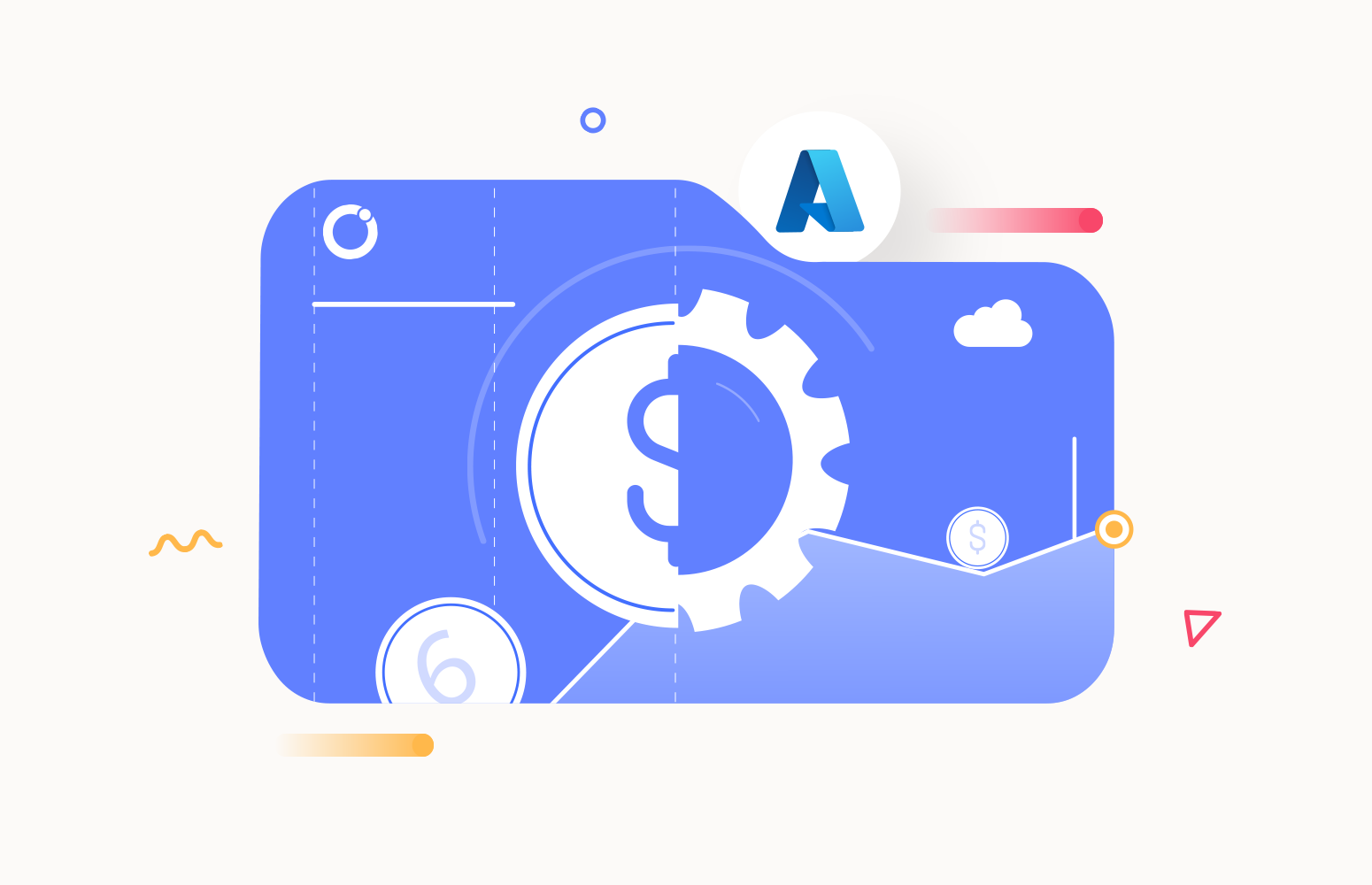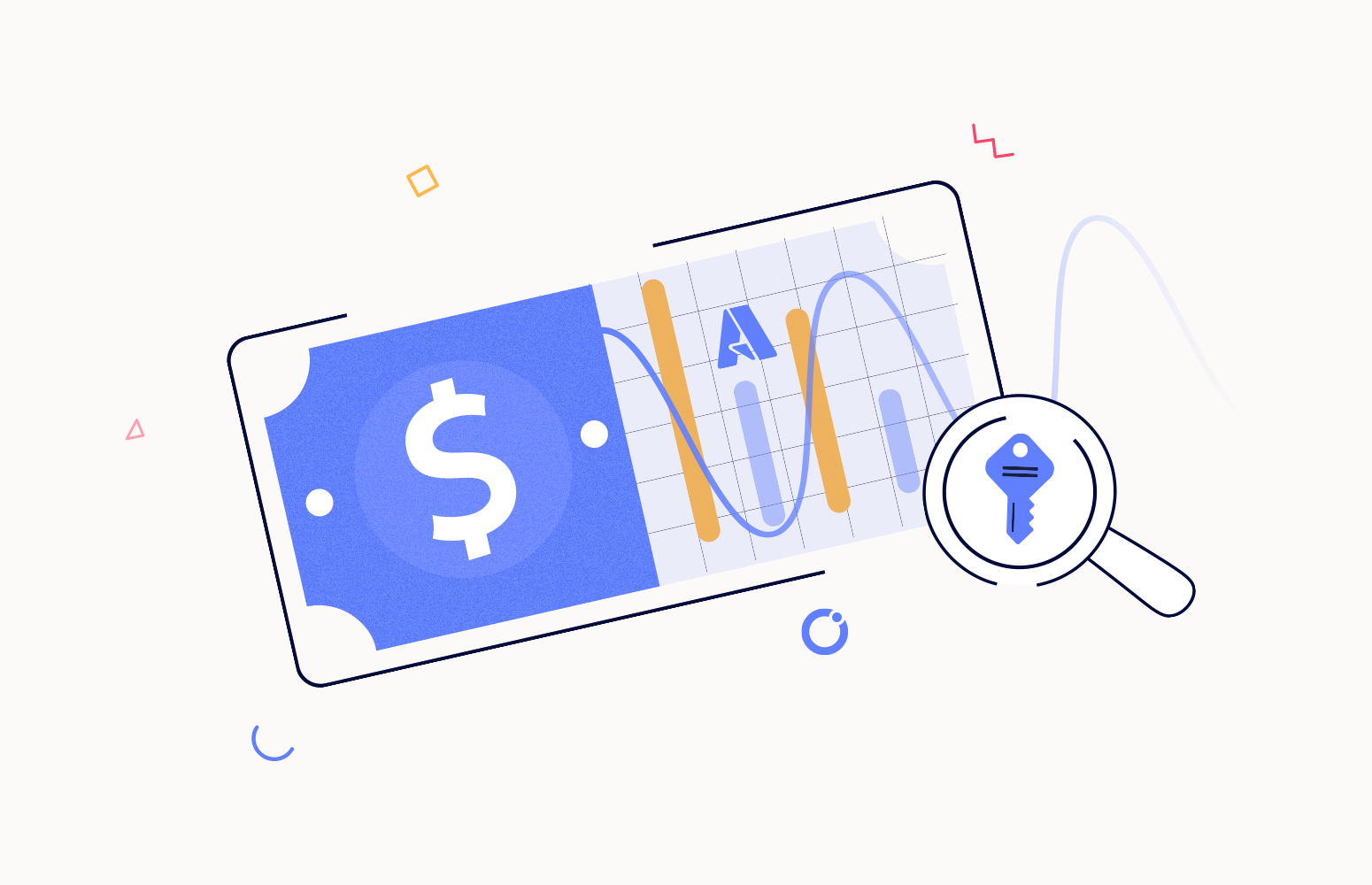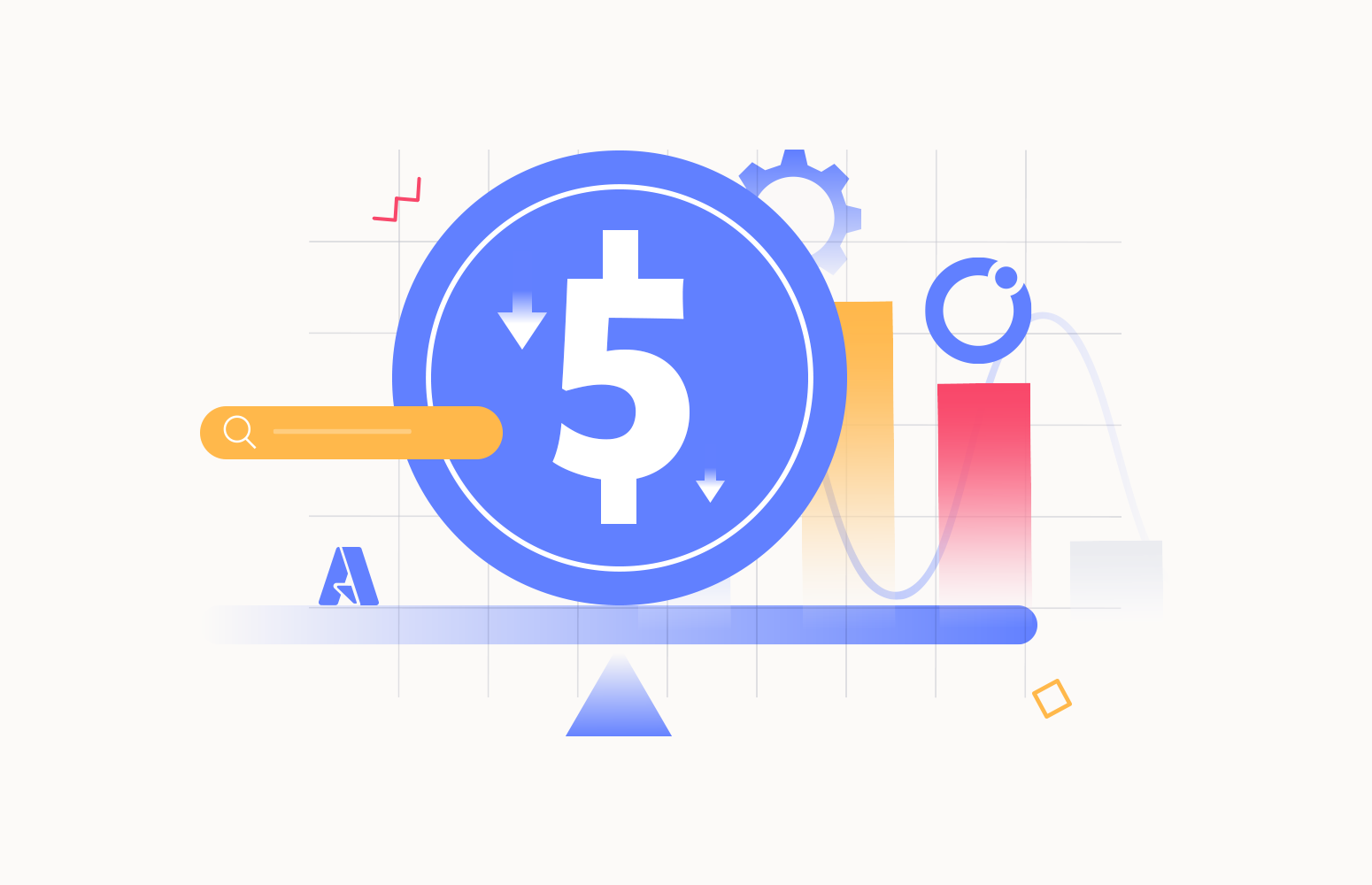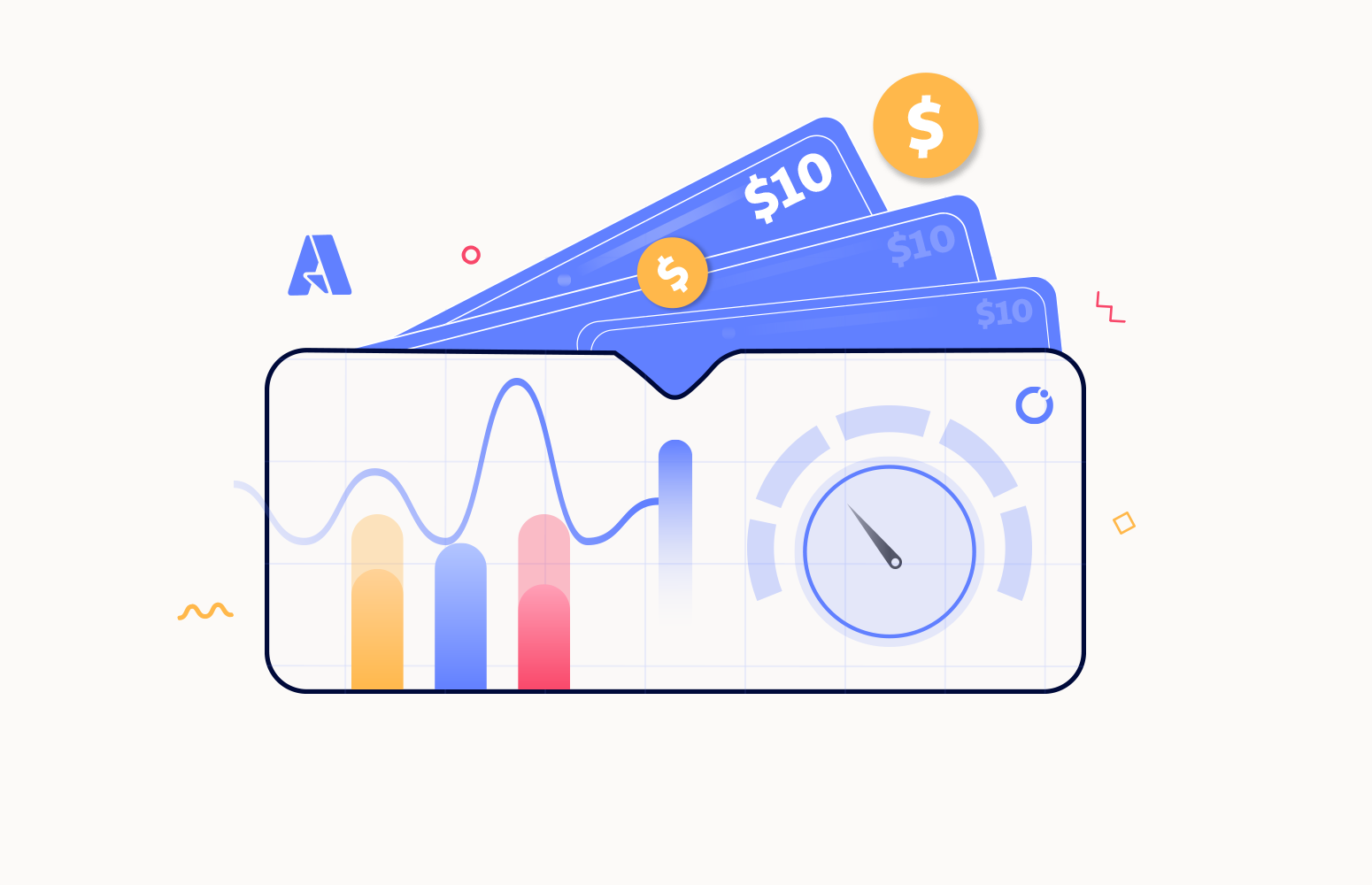FinOps is an evolving concept increasingly practiced in cloud computing organizations to manage and optimize their infrastructure cost. It requires team collaboration among Finance, Engineering and IT Operations to gain a deep understanding of the expenditure, take financial accountability, and make informed decisions to maximize the business performance.
Now, as the cloud continues to grow as an integral part of modern business technology, companies struggling to cut down their cloud expenditure have started to embrace FinOps.
The usage of Azure has also drastically increased where 70% of organizations worldwide and 95% of Fortune 500 companies have adopted Azure as their choice of cloud platform. Given this extensive usage, managing the cost associated with complex infrastructure and multiple services can be daunting. That’s where the need for an Azure FinOps tool comes in.
6 Best Azure FinOps tools
1. Turbo360 (Serverless360)
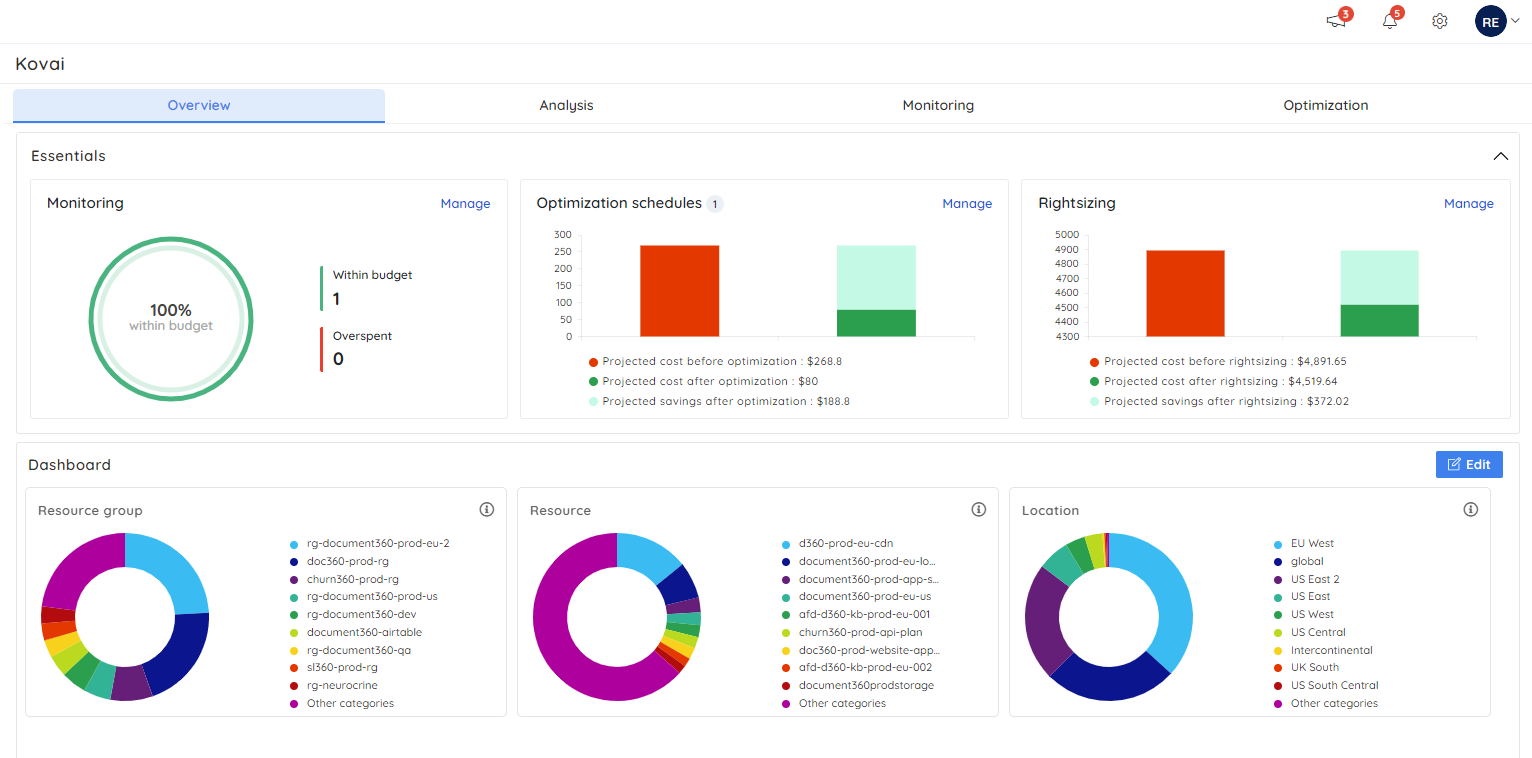
Turbo360 (Formerly Serverless360) is an Azure FinOps tool that offers a clear view of cost trends through in-depth cost analysis across multiple subscriptions in a comprehensive dashboard. It enables finance/engineering teams to gain transparency into cost spend with business context and optimize cost usage effectively.
Features
- Optimize Azure cost and improve efficiency with right-sizing recommendations to provision SKUs appropriately.
- Analyze the existing workloads and get Reservation recommendations for the resources that will be used for the long term.
- Get complete visibility into costs deployed in different subscriptions across multiple tenants by grouping them into required aspects (Customer, feature, product, teams, etc.)
- Monitor Azure cost across subscriptions for cost anomalies within customizable time intervals by setting a budget limit and receive alerts on violations through email and notification channels like Teams, Slack, Webhook, and many more.
- Automatically escalate alerts to a higher-level team if they are not addressed within a predetermined time.
- Predict your future Azure expenditure and manage your budget effectively with forecasted cost data.
- Deep analysis of the cost spent across different aspects like environment, projects, and teams enables the Engineering and Finance teams to understand the cost trends better.
- Eliminate the cost wastage by automatically turning off the Azure services when not in use.
Apart from business organizations, even MSPs can leverage this tool to better understand the customer’s cloud infrastructure and optimize with gathered insights.
Start your 15-day free trial today and experience Turbo360 Cost Analyzer’s capabilities.
2. Microsoft Cost Management
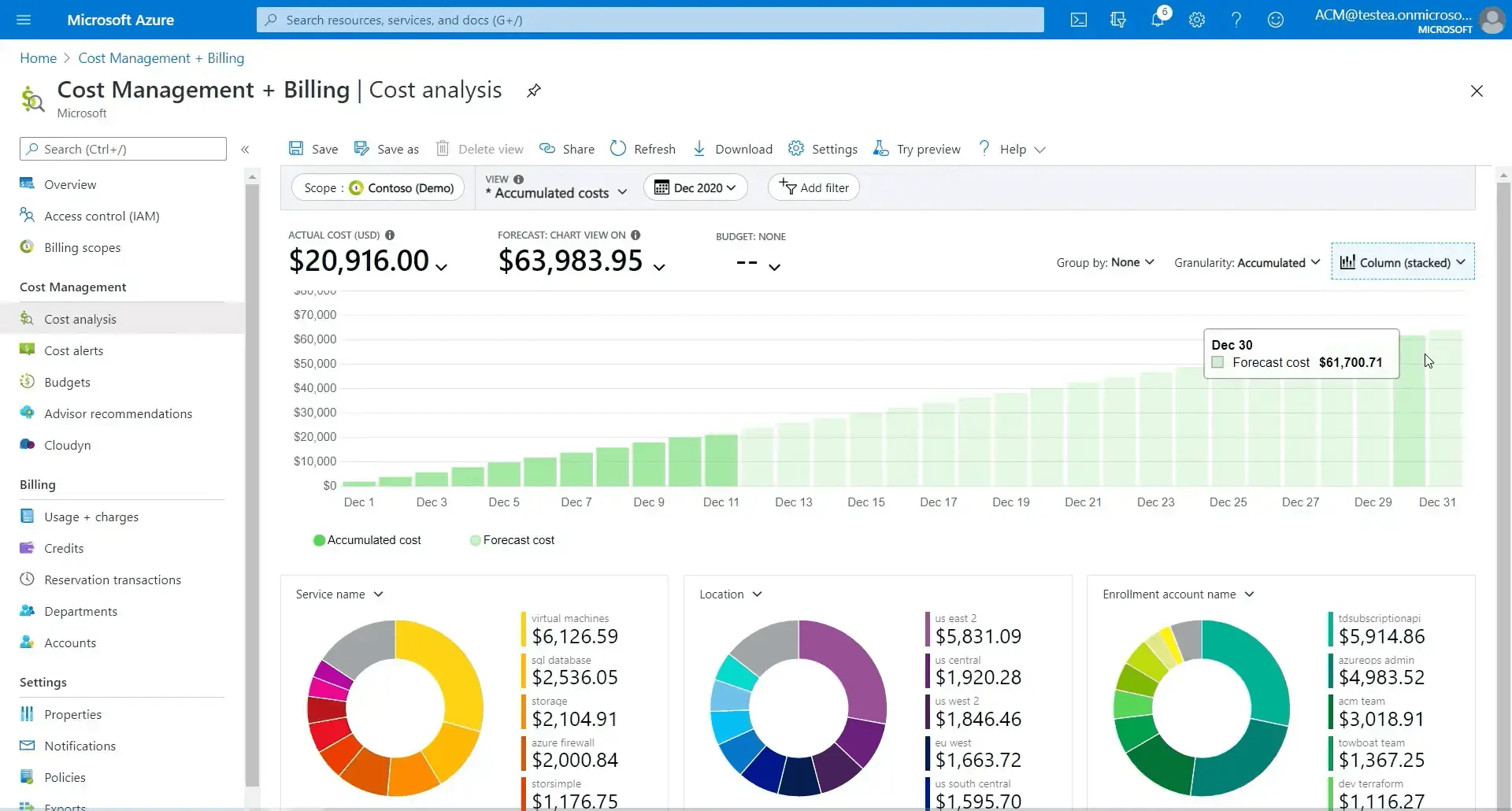
Microsoft Cost Management and Billing is a comprehensive tool designed to monitor and analyze cost usage for your resources and subscriptions. It allows users to set up budgets for resources and subscriptions and configure alerts. When that predefined cost exceeds the limit, an alert can be notified through email.
Furthermore, the cost analysis tool within cost management and billing would analyze the cloud spend from Azure and AWS costs and detect the reason behind cost spikes for individual subscriptions. Apart from analysis, it also helps to reduce your monthly bill by optimizing the cloud cost with the help of built-in tools like Azure Advisor, providing recommendations for resource allocation based on the requirement or usage.
Though it has features to analyze and optimize the Azure cost for individual resources, it is not possible to analyze and optimize cost across multiple tenants in a single place.
In addition, many organizations will be reluctant to provide access to the less experienced engineers to the billings data directly via Azure portal.
3. Cloudzero
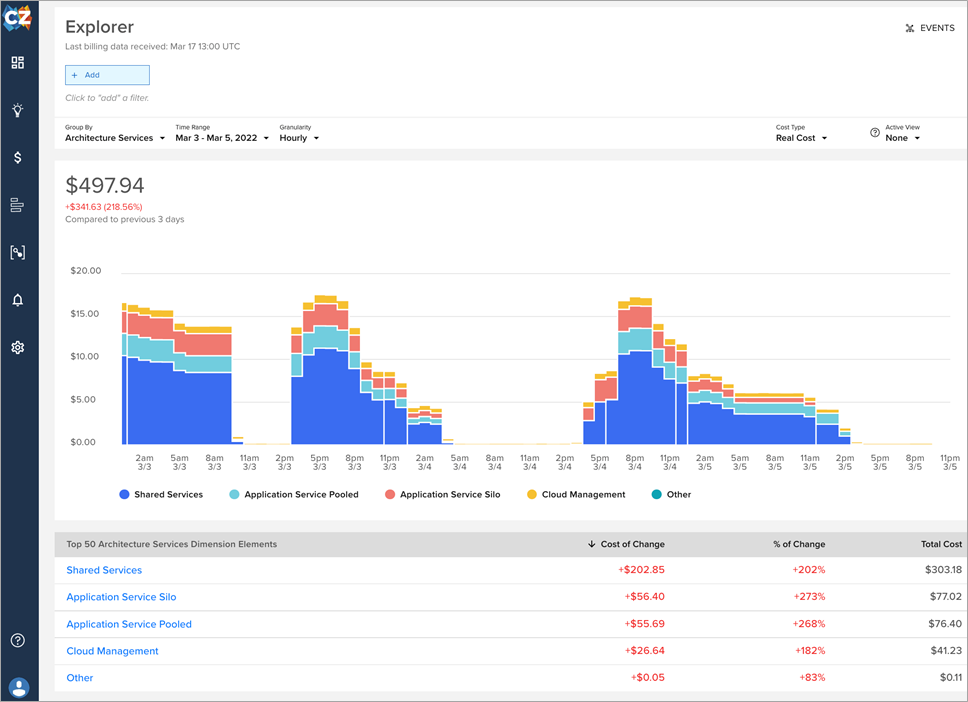
CloudZero is a cost management tool that gathers data from various multi-cloud and other software platforms. It provides excessive spending by visualizing your entire cloud cost with relevant context. With Cloudzero, teams can organize their cloud cost associated with each resource without extensive tagging; you can allocate resources through the code platform.
Moreover, it offers an analysis of cost from a business perspective and helps prevent cost overspending by sending anomaly alerts through Slack. Moreover, it lets your finance and engineering teams regularly understand and optimize the spending with specific recommendations to reduce costs further.
4. Finout
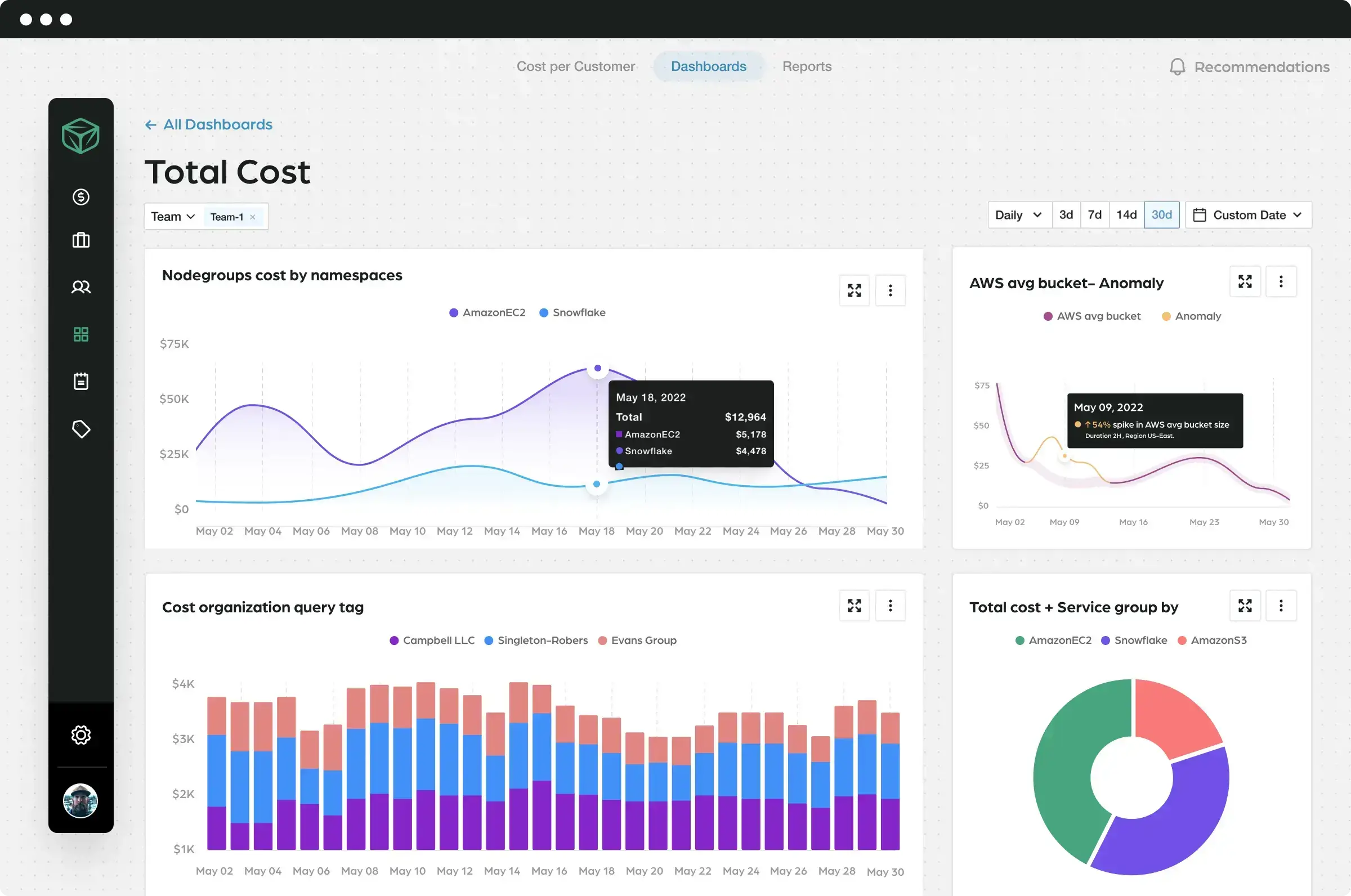
Finout is a tool that offers a centralized dashboard to comprehensively understand your expenses spent across different cloud platforms. It presents a graphical overview of the total cost for each cloud, allowing you to track and analyze expenses over a specified time frame.
With Finout, you can monitor and analyze cloud spend by tracking and identifying cost spend patterns or anomalies with historical data over time. You have the flexibility to set up anomaly alerts for your desired cloud platform and receive notifications through Slack when the budget exceeds the predefined cost value. This enables you to inspect and address the issues to reduce cost usage.
Furthermore, this tool provides forecasted costs in a widget format to optimize your spend effectively.
5. Cloudcheckr
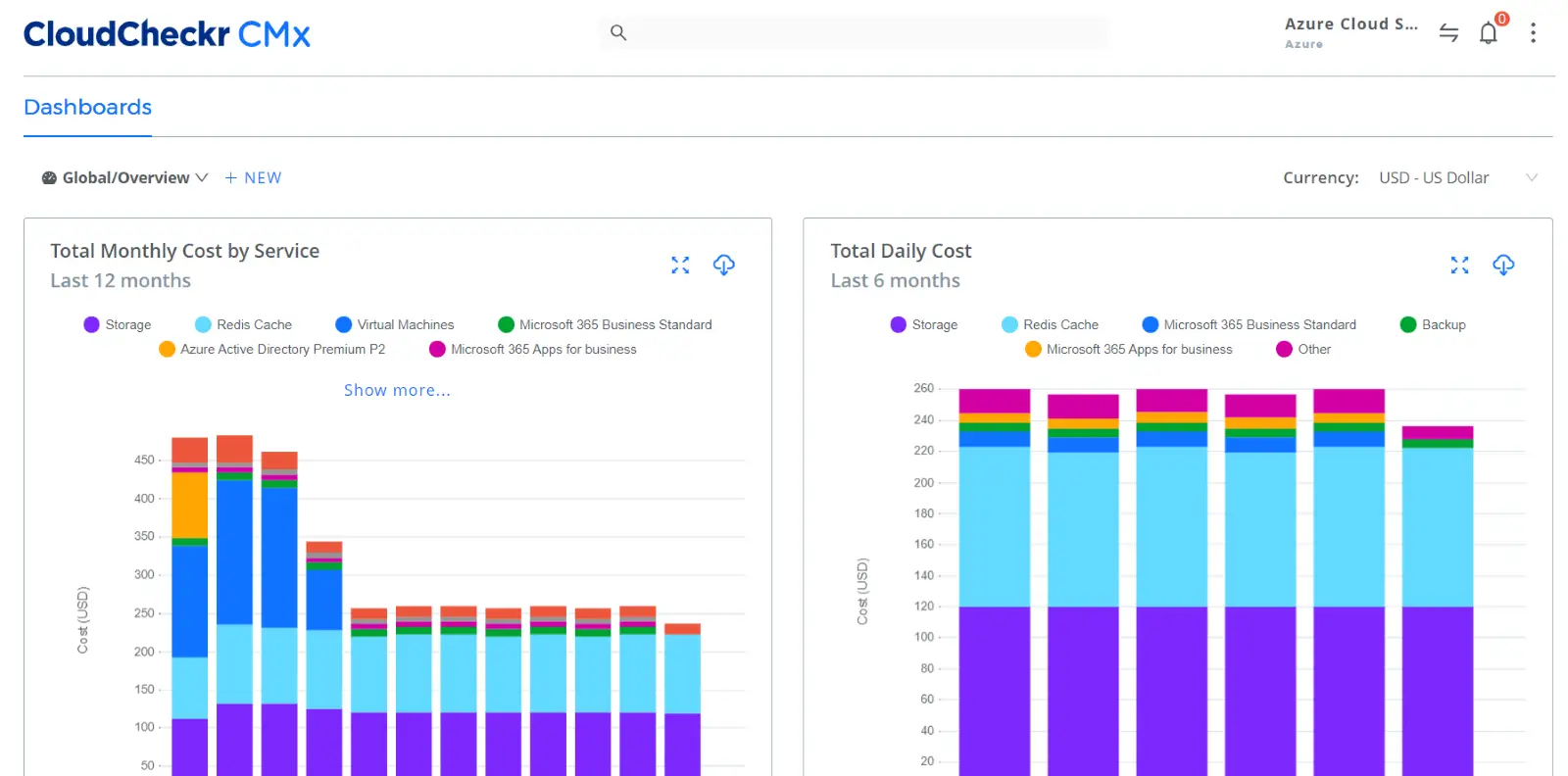
CloudCheckr is a cloud cost optimization and security tool designed to monitor and optimize cost visibility across different cloud platforms securely. It clearly visualizes the cost and key drivers behind your spending through a dashboard for AWS, Azure, and Google Cloud.
To eliminate cost wastage, it provides MSPs and IT organizations with deep insights into cloud expenditure and offers resource allocation recommendations through Spot Eco, a tool within CloudCheckr. Beyond cost management, this tool also ensures the security and governance of your cloud infrastructure for AWS and Azure.
6. Cloudability
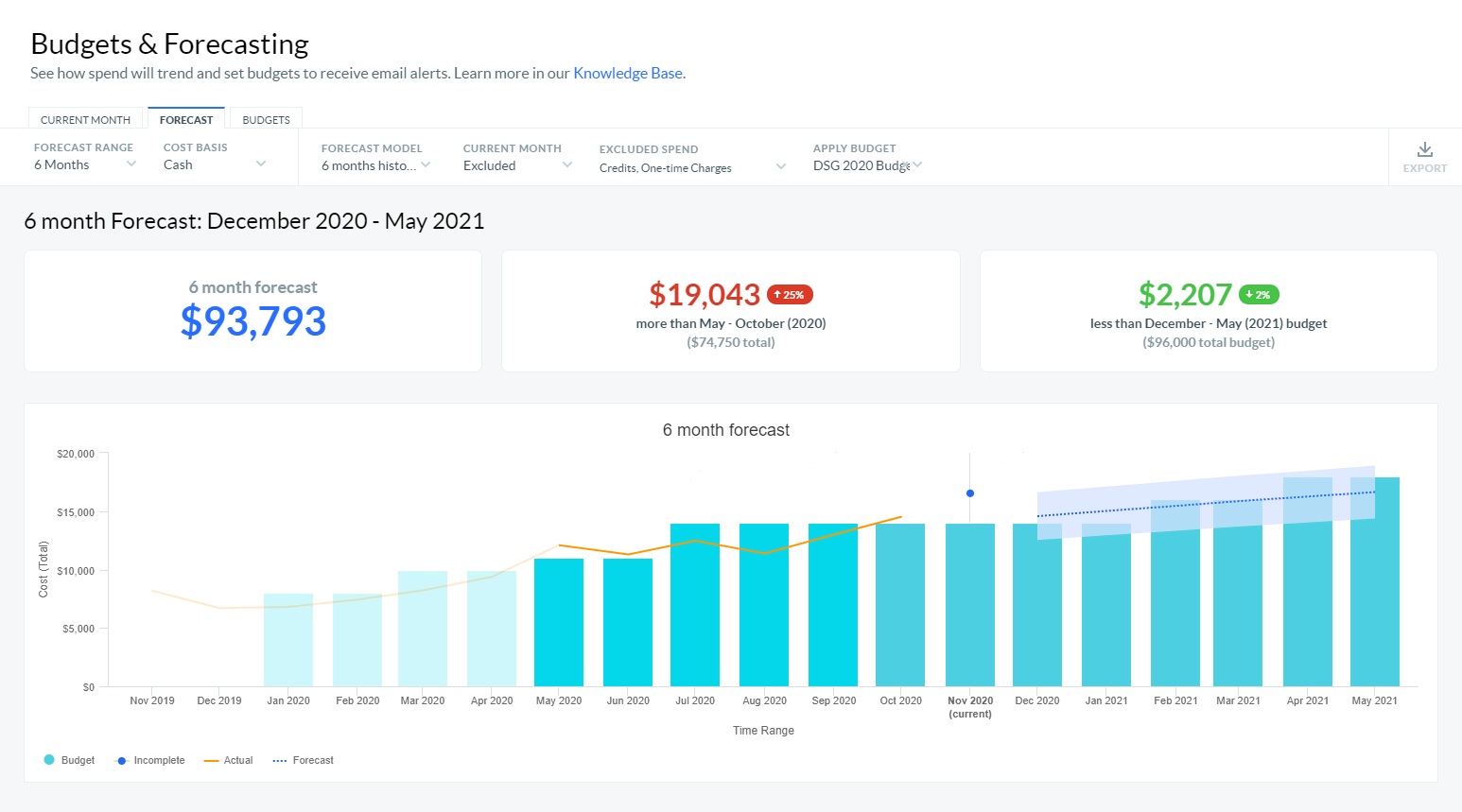
Cloudability’s key advantage is its ability to pull the cost data from different Azure resources/subscriptions or multi-cloud environments. However, one must extensively rely on tagging and will have to ensure that no resources are left untagged to rightly group costs and successfully implement chargebacks.
It allows the creation and sharing of custom cost views for different teams with respect to units and provides detailed dashboards with widgets and filtering to compare costs. The tool has been specifically helpful to track container-based cloud costs like Kubernetes Clusters.
What are the benefits of using Azure FinOps tools?
The ultimate goal of using FinOps tools has always been to reduce costs by providing the required cost visibility for multiple teams in an organization. Apart from this, there are also other benefits that an advanced Azure Cost management tool can bring in and it includes:
Improve financial visibility
Both your Finance teams and engineers would need to know the cost data from different perspectives. Simply viewing the Azure bill with overall insights into how each resource has consumed cost might not be helpful for either of the teams. They would need to know how much each customer or feature has consumed to take necessary actions, for which Azure FinOps tools are required.
Increase accountability
Reduce the time spent investigating on which specific resources or provisioning decisions led to the cost spike by constantly keeping your engineers/developers informed about the cost associated with the Azure resources they have configured and consumed.
Optimize Azure costs
One of the areas where you can maximize your Azure savings is by scaling down or pausing the resources when they are not in use, especially VMs. But it’s not always possible to constantly keep an eye on 100’s of running VMs, right? That is where FinOps tools with automation can help you cut down unnecessary spending.
Conclusion
In this blog, we discussed the reason behind implementing the FinOps concept and the need for a powerful FinOps tool to manage your Azure infrastructure cost. We have also listed the top tools with feature sets that facilitate optimizing the cost.
Finally, the decision rests within your hands to pick a tool that satisfies your requirements, eliminates cost wastage, and helps improve the business’s bottom line.

